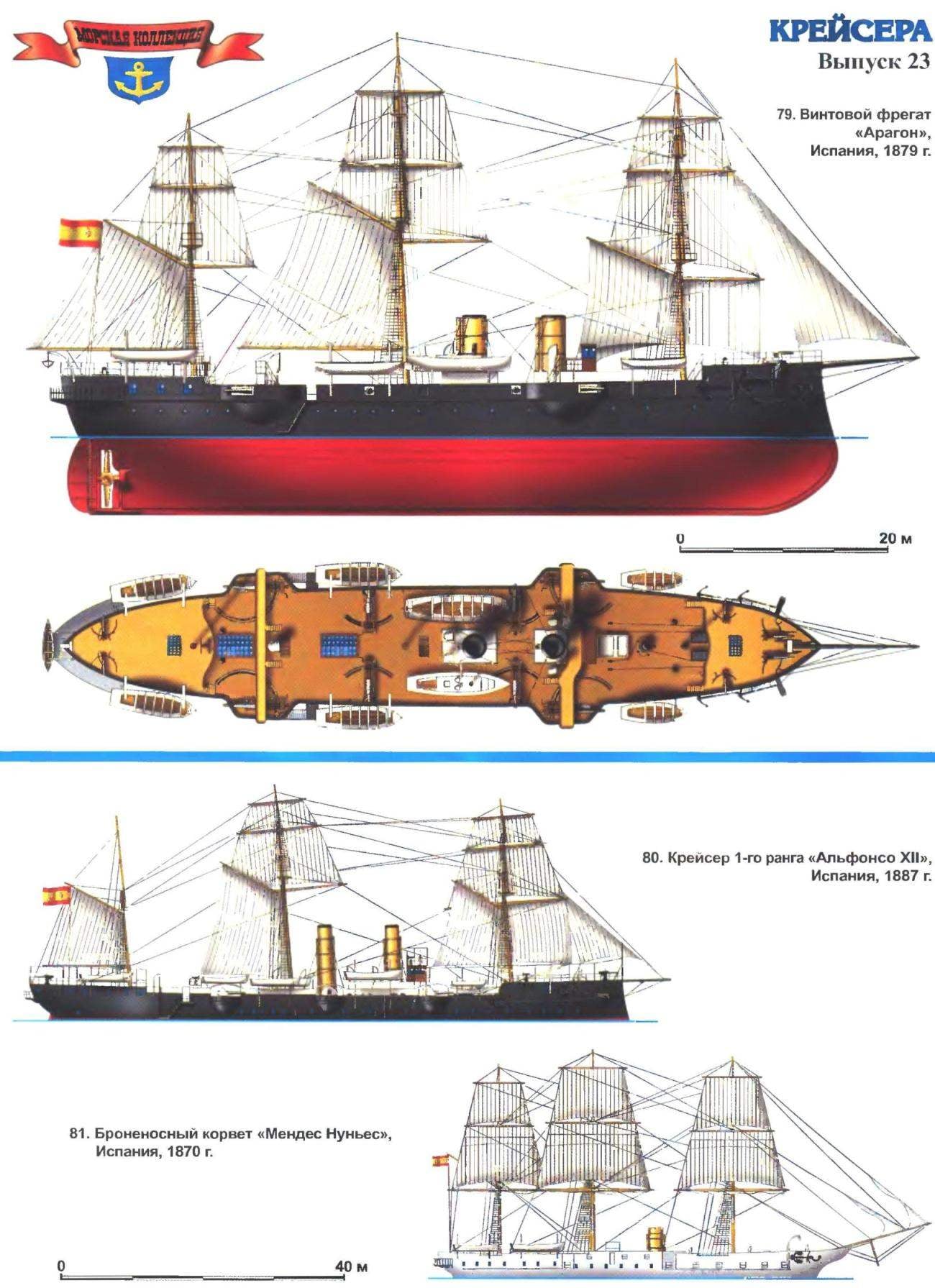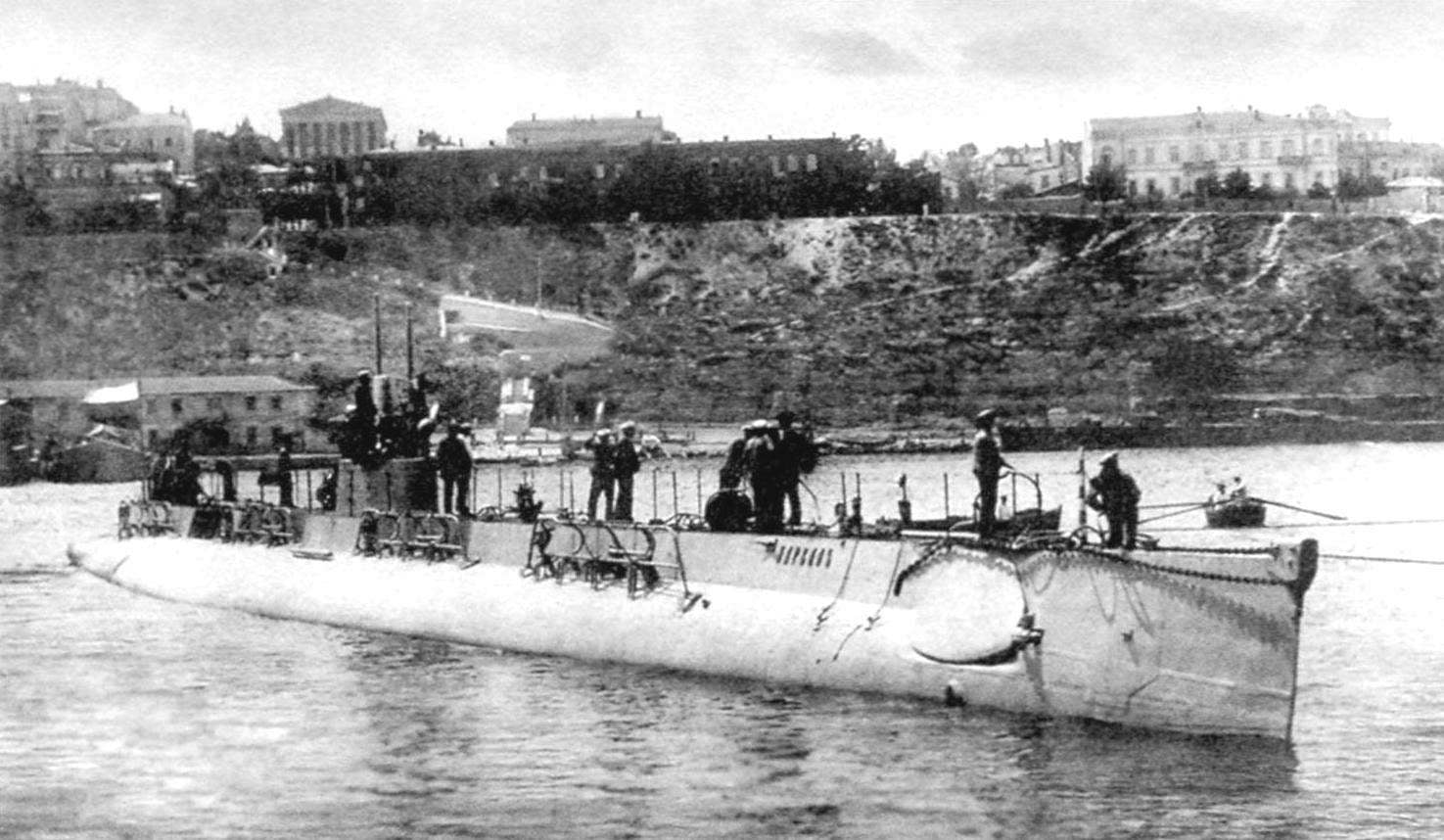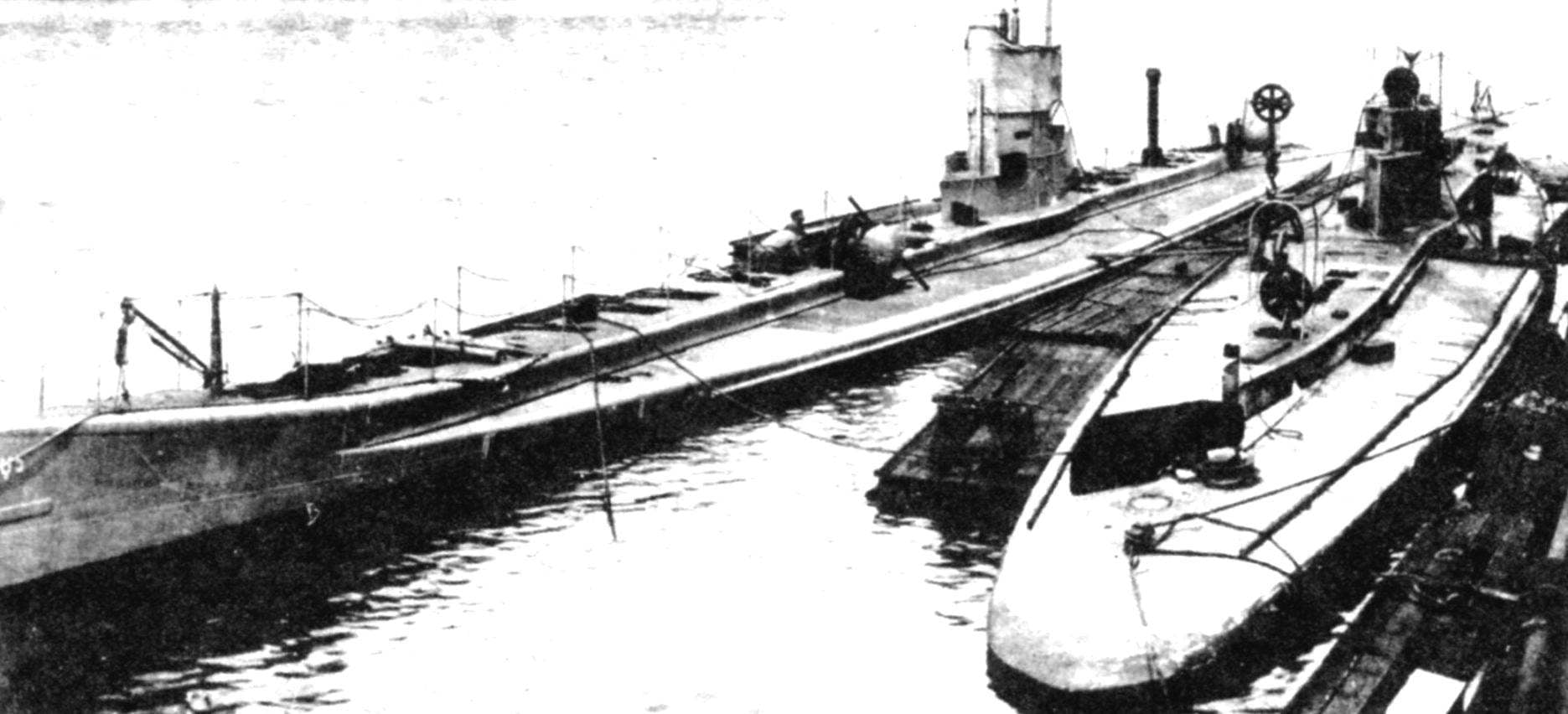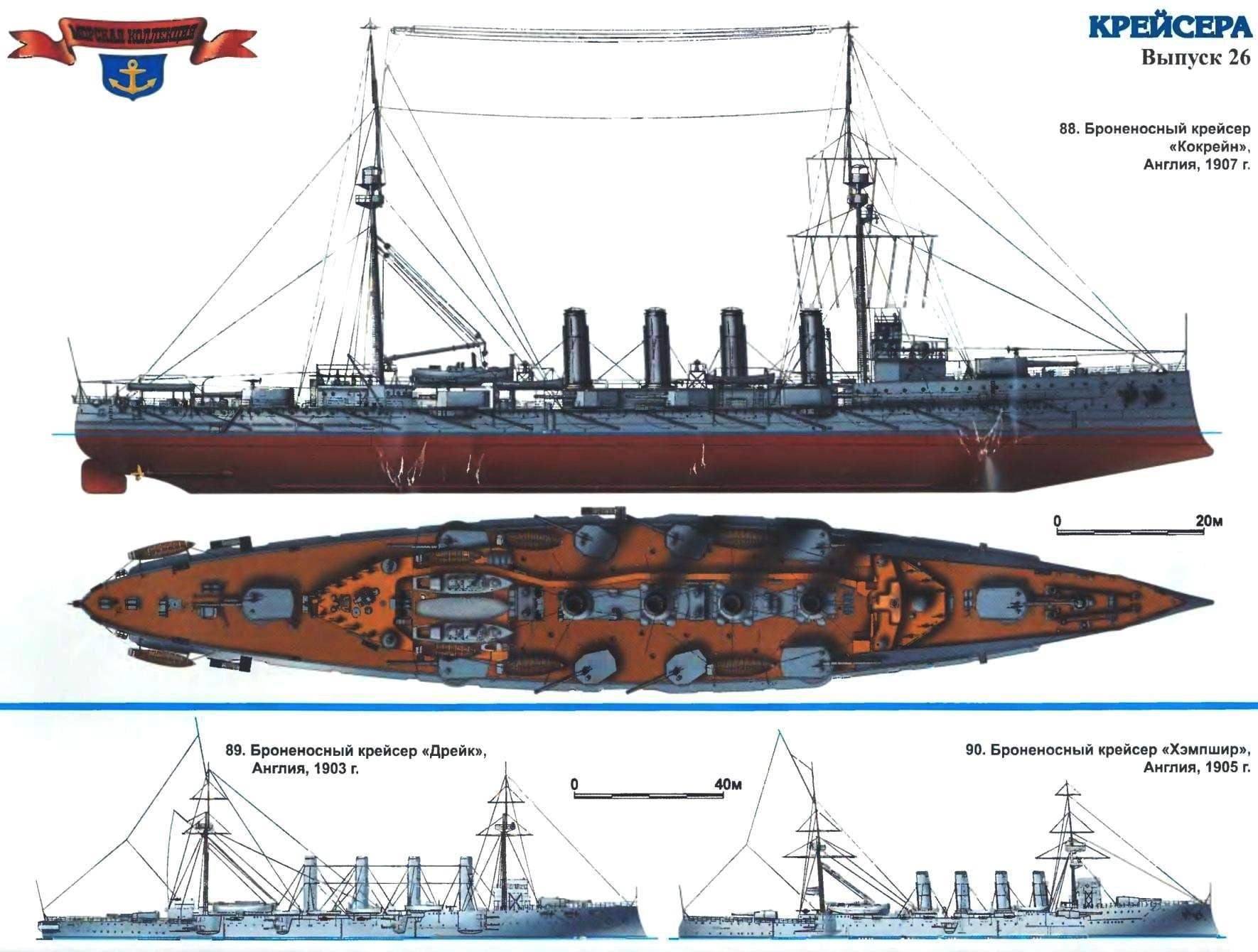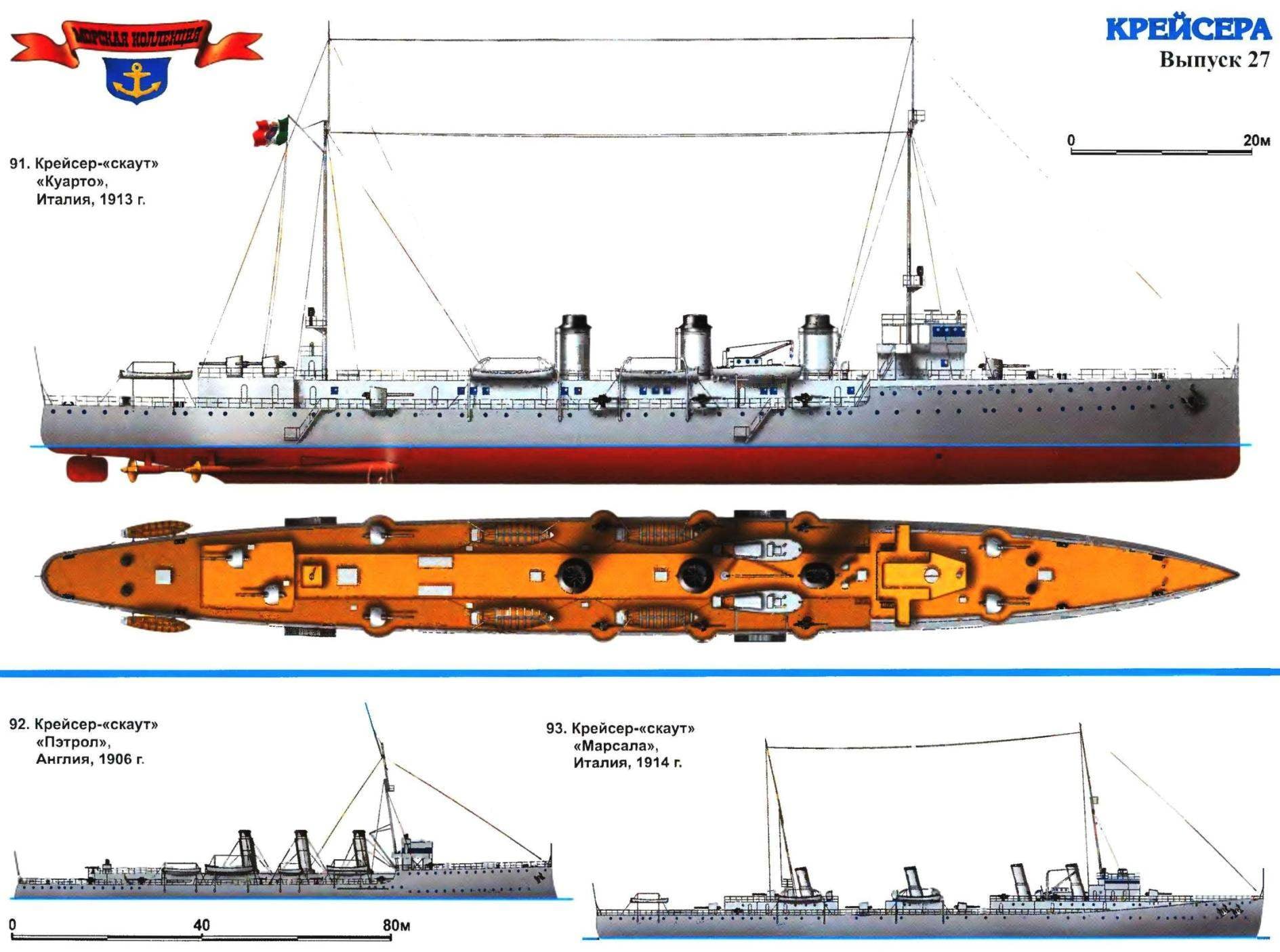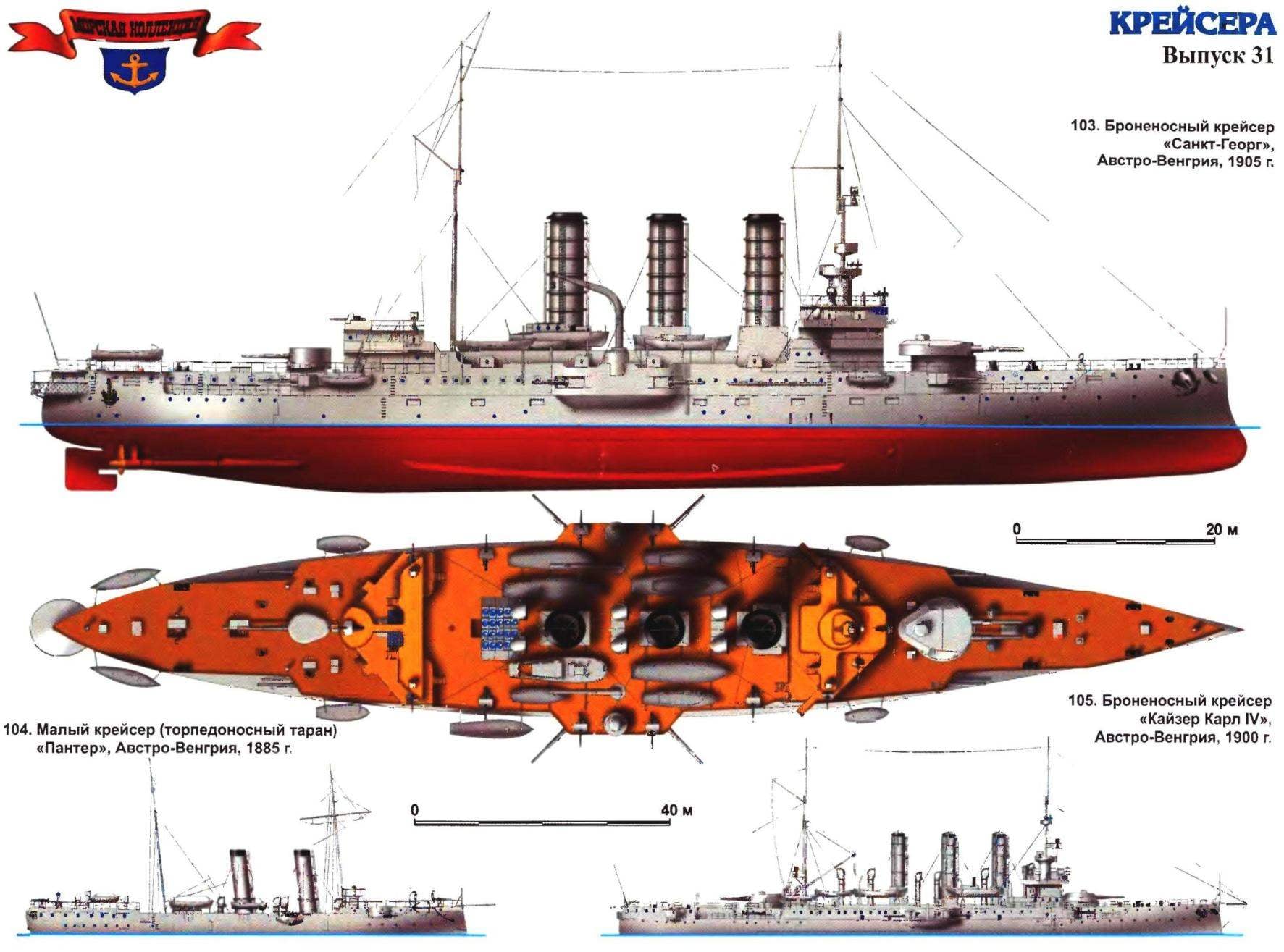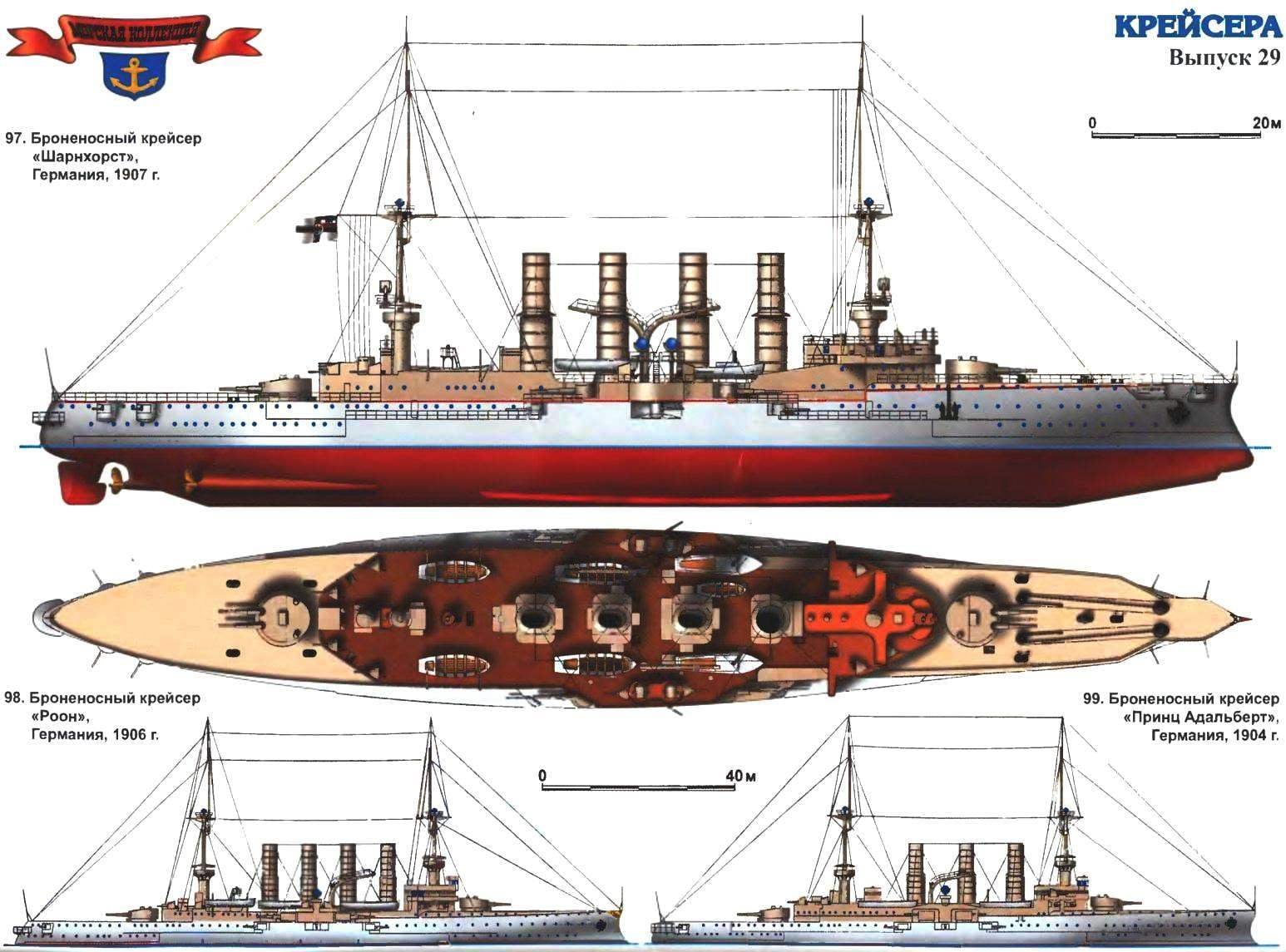 the Outcome was a foregone conclusion. Although the cruiser before the battle carefully laid sandbags, worthy of protection from fire heavy and rapid-fire artillery to make they are unable. And the white color of the sides of peacetime against a dark shore only contributed to the transformation of the “Castilla” is a good target. If early in the fight the fires from numerous hits of shells of medium caliber has been able to take control, the first exploding in the infirmary 203-mm projectile, which put an end to the suffering of the wounded were there, caused a fire with such force, to extinguish which it was no longer possible. Just a few minutes another American projectile of the same caliber exploded in the engine room and caused one of the strongest fire. But under the forecastle came the third the same projectile, the commander of the cruiser Morgado realized that if he doesn’t start the immediate evacuation of personnel, the entire crew just burn to death.
the Outcome was a foregone conclusion. Although the cruiser before the battle carefully laid sandbags, worthy of protection from fire heavy and rapid-fire artillery to make they are unable. And the white color of the sides of peacetime against a dark shore only contributed to the transformation of the “Castilla” is a good target. If early in the fight the fires from numerous hits of shells of medium caliber has been able to take control, the first exploding in the infirmary 203-mm projectile, which put an end to the suffering of the wounded were there, caused a fire with such force, to extinguish which it was no longer possible. Just a few minutes another American projectile of the same caliber exploded in the engine room and caused one of the strongest fire. But under the forecastle came the third the same projectile, the commander of the cruiser Morgado realized that if he doesn’t start the immediate evacuation of personnel, the entire crew just burn to death.
Marine
U-BOOT ABOVE ALL
 And so Germany entered the First world war, glorified “submarines of the Kaiser” as the most formidable weapon in the war at sea. Entered, having … only 28 submarines, half of which, as it was considered unlikely to have been able to act out of sight of shore, and the rest were barely able to operate close to even the nearest East coast of the UK. And any ideas on how all this “wealth” to use. Moreover, much improvement in the near future and not expected: in the program of development of the submarine fleet, adopted in 1912, it was decided to build 70 units. At first glance, quite a lot, but 36 of them were intended for the defense of the German Bay and 12 to cover the direct approaches to the bases, first of all, to the Keel, 10 had to be “material reserve”. And only 12 boats, according to the Admiral-staff, led the naval operations of the German fleet was originally allocated for active operations. Not later than in the North sea. Was also surprised by the slowness of time: the 70 units was supposed to have in the ranks already… in 1919! Germany almost all put on the development of the surface of the high Seas Fleet, which was to crush the British Grand fleet in a decisive battle at the expense of higher-quality ships and training of personnel.
And so Germany entered the First world war, glorified “submarines of the Kaiser” as the most formidable weapon in the war at sea. Entered, having … only 28 submarines, half of which, as it was considered unlikely to have been able to act out of sight of shore, and the rest were barely able to operate close to even the nearest East coast of the UK. And any ideas on how all this “wealth” to use. Moreover, much improvement in the near future and not expected: in the program of development of the submarine fleet, adopted in 1912, it was decided to build 70 units. At first glance, quite a lot, but 36 of them were intended for the defense of the German Bay and 12 to cover the direct approaches to the bases, first of all, to the Keel, 10 had to be “material reserve”. And only 12 boats, according to the Admiral-staff, led the naval operations of the German fleet was originally allocated for active operations. Not later than in the North sea. Was also surprised by the slowness of time: the 70 units was supposed to have in the ranks already… in 1919! Germany almost all put on the development of the surface of the high Seas Fleet, which was to crush the British Grand fleet in a decisive battle at the expense of higher-quality ships and training of personnel.
WITH THE NAME SPANISH EXPLORERS
 In the dark night of 18 to 19 September 1895 cruiser “Sanchez-Barkataki” out to sea. Yesterday, during a secret meeting, his commander captain 2nd rank ibáñez, Francisco Varela was ordered to intercept gun smugglers in the area Kalasa. The operation was given so much importance that the Board was attended by the chief of the naval forces in Cuba rear Admiral Manuel Delgado Parejo.
In the dark night of 18 to 19 September 1895 cruiser “Sanchez-Barkataki” out to sea. Yesterday, during a secret meeting, his commander captain 2nd rank ibáñez, Francisco Varela was ordered to intercept gun smugglers in the area Kalasa. The operation was given so much importance that the Board was attended by the chief of the naval forces in Cuba rear Admiral Manuel Delgado Parejo.
“THEIR” AND “OVERSEAS” FROM WORLD TO WORLD
 Luck experienced “sharks” and the serial “the walrus” caused a real boom in requests for the construction of domestic underwater vessels already quite respectable size, and good quality. It remained to translate these queries into the metal which in the conditions of rapidly progressing but still lagging behind Western industry in Russia was not easy. In addition, not enough money; however, this has not stopped Marine Ministry, announced a competition for the best project for mass construction.
Luck experienced “sharks” and the serial “the walrus” caused a real boom in requests for the construction of domestic underwater vessels already quite respectable size, and good quality. It remained to translate these queries into the metal which in the conditions of rapidly progressing but still lagging behind Western industry in Russia was not easy. In addition, not enough money; however, this has not stopped Marine Ministry, announced a competition for the best project for mass construction.
ECONOMICAL AND RIGHT ON TARGET!
 Perhaps the most part, even far from the sea and naval Affairs readers will agree that the word “submarine” the first thing comes to mind is the thought about German. Dark grey body, emerging from the waves and drowning defenseless transport goods or people torpedoes or shoot his target from a cannon. What can you do Germany and its leaders have done much to leave this not very honorable, but terrible mark in both world wars.
Perhaps the most part, even far from the sea and naval Affairs readers will agree that the word “submarine” the first thing comes to mind is the thought about German. Dark grey body, emerging from the waves and drowning defenseless transport goods or people torpedoes or shoot his target from a cannon. What can you do Germany and its leaders have done much to leave this not very honorable, but terrible mark in both world wars.
BRITANNIA DRESSED IN THE ARMOUR
 By the end of the XIX century, England was the only major Maritime powers, still ignore one of the major trends in cruise shipbuilding — the desire to cover “workers of the ocean” side armor. Armored cruisers were built all France, almost completely abandon deck protection circuits; Russia, whose armoured giants — “Ryurik”, “Rossiya” and “Thunder” made so much noise in the corridors of the Admiralty that he had heard “shipbuilding vassal” Britain — Italy. Appeared the ships of this class and the ocean, in the United States. And is rapidly gaining speed in a race war at sea Germany has laid a powerful and well protected combat units.
By the end of the XIX century, England was the only major Maritime powers, still ignore one of the major trends in cruise shipbuilding — the desire to cover “workers of the ocean” side armor. Armored cruisers were built all France, almost completely abandon deck protection circuits; Russia, whose armoured giants — “Ryurik”, “Rossiya” and “Thunder” made so much noise in the corridors of the Admiralty that he had heard “shipbuilding vassal” Britain — Italy. Appeared the ships of this class and the ocean, in the United States. And is rapidly gaining speed in a race war at sea Germany has laid a powerful and well protected combat units.
UNFORTUNATE THE SCOUTS
 Going to the beginning of the XX century followed the rest of the main “sea players” to build a large armored cruisers, Britain was at a crossroads. A very large armored ships in this class are medium and small sizes were like outside of the game Really, they are obviously and hopelessly lost to any battle with a well-booked “at arms”, and even surpassing them in size and armament. As opponents of the cruisers of the 2nd and 3rd grade remained except older vehicles of the same type, and even the products of sir Armstrong, designed for overseas meanwhile, the theory of war at sea remained close to linear classics, it was Assumed that the outcome of the struggle for possession of the sea would decide the General battle, which will involve numerous armadillos And such squadrons need a good tactical intelligence, conduct which could only cruiser So the need for light high-speed units has not been disputed, and there remained only the problem of selecting the required combination of power and speed.
Going to the beginning of the XX century followed the rest of the main “sea players” to build a large armored cruisers, Britain was at a crossroads. A very large armored ships in this class are medium and small sizes were like outside of the game Really, they are obviously and hopelessly lost to any battle with a well-booked “at arms”, and even surpassing them in size and armament. As opponents of the cruisers of the 2nd and 3rd grade remained except older vehicles of the same type, and even the products of sir Armstrong, designed for overseas meanwhile, the theory of war at sea remained close to linear classics, it was Assumed that the outcome of the struggle for possession of the sea would decide the General battle, which will involve numerous armadillos And such squadrons need a good tactical intelligence, conduct which could only cruiser So the need for light high-speed units has not been disputed, and there remained only the problem of selecting the required combination of power and speed.
“LET A HUNDRED DIFFERENT FLOWERS…”
 In 1868 in Japan coup “Meiji ISIN”, which restored the power of the Emperor, the Country emerged from the rule of feudal clans unified and became the Navy Military Ministry (in charge originally appeared, and the Navy) got a weird set of ships, which with the big stretch can be called a martial and which are not explicitly represented the Navy it consisted of ships and the bakufu feudal government, and the ships, inherited from his defeated opponents, first of all, the powerful clan of Satsuma Among them was the only battleship, purchased from rebel American Confederate southern States, a wooden Corvette and kolodka, as well as several armed steamers and sailboats to Japan in a dilemma, either to restore old ships, or upgrade your fleet, the Japanese have gone on the second way In 1870 was chosen as the benchmark the most powerful Navy in the world — the British.
In 1868 in Japan coup “Meiji ISIN”, which restored the power of the Emperor, the Country emerged from the rule of feudal clans unified and became the Navy Military Ministry (in charge originally appeared, and the Navy) got a weird set of ships, which with the big stretch can be called a martial and which are not explicitly represented the Navy it consisted of ships and the bakufu feudal government, and the ships, inherited from his defeated opponents, first of all, the powerful clan of Satsuma Among them was the only battleship, purchased from rebel American Confederate southern States, a wooden Corvette and kolodka, as well as several armed steamers and sailboats to Japan in a dilemma, either to restore old ships, or upgrade your fleet, the Japanese have gone on the second way In 1870 was chosen as the benchmark the most powerful Navy in the world — the British.
THE ECONOMY MONARCHY
 An impressive victory by the Austrian fleet at Lissa, it would seem, has occurred in spite of all the prerequisites Indeed, the Italians were superior to his opponent not only in the number of combat ships and held their weapons artillery, but, more importantly, in quality. A large part of the squadron of rear Admiral Tegethoff consisted of “pieces of wood” who carried smoothbore cannons, and confronted them new iron battleships and cruisers with rifled guns. However, a good RAM blow battleship flagship “Ferdinand Max” and sent to the bottom of “Italian” “Re d’italia”, brought the Austro-Hungarian victory at sea — the first great victory in a pitched battle around the world since the great Nelson’s, and quite unexpectedly, put the “patchwork monarchy” among the great Maritime powers.
An impressive victory by the Austrian fleet at Lissa, it would seem, has occurred in spite of all the prerequisites Indeed, the Italians were superior to his opponent not only in the number of combat ships and held their weapons artillery, but, more importantly, in quality. A large part of the squadron of rear Admiral Tegethoff consisted of “pieces of wood” who carried smoothbore cannons, and confronted them new iron battleships and cruisers with rifled guns. However, a good RAM blow battleship flagship “Ferdinand Max” and sent to the bottom of “Italian” “Re d’italia”, brought the Austro-Hungarian victory at sea — the first great victory in a pitched battle around the world since the great Nelson’s, and quite unexpectedly, put the “patchwork monarchy” among the great Maritime powers.
LEAST FAVORITE SHIPS OF THE KAISER
 1888, the coronation of Wilhelm II, last Emperor of Germany, claim to very much, which has plunged his country into the bloodiest in the entire history of the Earth, war ended in disaster for his country and for himself. The new Emperor considered himself a great connoisseur of the fleet and even the compiled projects of warships (even if only conceptual). It is not surprising that already in the first years of the reign he completely rebuilt the organization of the naval forces, unchallenged which lasted 20 years under the auspices of the land of the generals.
1888, the coronation of Wilhelm II, last Emperor of Germany, claim to very much, which has plunged his country into the bloodiest in the entire history of the Earth, war ended in disaster for his country and for himself. The new Emperor considered himself a great connoisseur of the fleet and even the compiled projects of warships (even if only conceptual). It is not surprising that already in the first years of the reign he completely rebuilt the organization of the naval forces, unchallenged which lasted 20 years under the auspices of the land of the generals.
